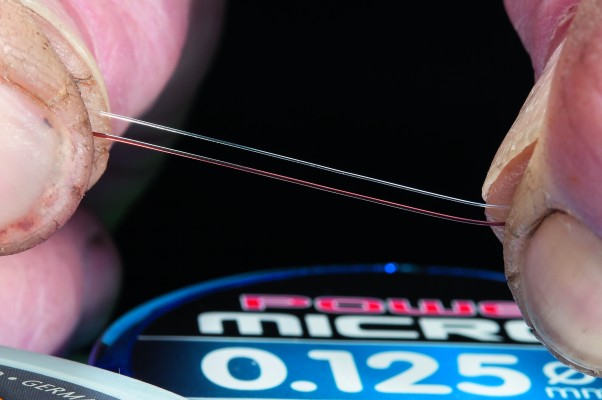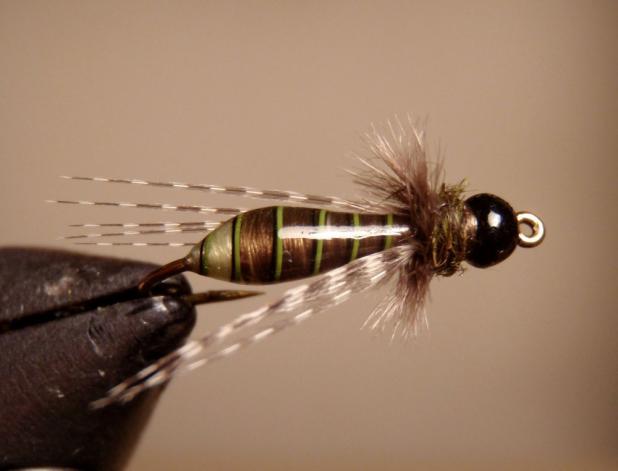fundementals for t-ball practice
Question
This is my first T-Ball team to coach. My twin boys have played for 2 season in t-ball and I decided to coach this year. Could you suggest some fundemental exercises for practices. The ages are 5-6 yrs old. Only 5 kids have played before. Thank You Gary Allen
Answer
Hi Gary,
come to every practice organized. Each practice should be fun and exciting - so break down the exercises into small games instead of drills. You have to think like a 6 year old otherwise they'll pick dandelions.
A good coach will watch and determine what is important for these kids to achieve. Catching and throwing (defensive) mechanics is just as important as learning the rules.
Get the kids use to warming up a few minutes before they start the practice. Experts have said that at this age (5 to 7), children don't need to stretch and warm up too much...they are nimble enough. The only reason I'd have them warm up is to develop a team spirit.
If you can, always try to form circles with you in the center. All kids are watching you (not their parents) and each other. Smile alot. Encourage them often.
Don't be afraid to ask some parents for help. You'll need it. Take those 5 kids who've played before and mix them with the other kids. Use them as examples in the center of your circle.
Games:
Fox and the Rabbit
Catch relay
Kangaroo
Batting practice
Fox and the Rabbit - 2 equal teams Foxes and Rabbits. Rabbit is 'released' from home plate. Fox, stationed beside home plate and 3rd base line, must pick up baseball THEN chase rabbit AND tag him WITH ball BEFORE he reaches 1st base.
Rabbit reaches base...one point for Rabbits.
Rabbit tagged out...one point for Foxes.
Change positions after entire team has ran. Teaches running to base and tagging. No hitting with ball...tagging. Importance on holding onto ball and chase downs.
Catch Relay - 2 teams, 2 circles. Player tosses ball to next player then sits down. Player catches ball, turns and tosses to next player and then sits down. First circle team to be sitting down - Wins! Circle is ideal because if player drops ball, next player can catch it and give it back. Encourages kids to 'cover up' for other players and to pay attention to the ball. Of course, throwing and catching is also drilled. IF player runs out of circle after ball, he must return to his position and then throw to next player. Do this in one direction. Next game in the other direction.
Kangaroo - teams of 2. Line them up along 3rd base line. 1st player must carry ball and hop to 'imaginary' 1st-2nd base line then RUN back to 2nd player; gives ball to 2nd player then sits down. When 2nd player is given ball, he HOPS to 1st-2nd line then RUNS back to sit in front of 1st player. First team sitting wins! Holding onto ball, muscle development and sprinting back to 3rd base line.
Batting practice is very important. Every practice should have batting. Line tball stand so that player hits to fence (easy ball retrieveal). Have each player hit the ball at least 8 times. Misses don't count. Get parents help and pull each child aside during practice sessions. When they finish batting practice, they return to the drills you are executing and another child is pulled aside for batting.
Its best to remember that they have short attention spans and bore easily. Keep them active and moving. Keep the instructions simple and ALWAYS, ALWAYS, ALWAYS give them examples of what you want them to do BEFORE they do it. Get parents to help.
Watch for weaknesses and weaker players. Model future practices after problem areas of previous practice or game.
IF you have enought help, take weaker kids aside and drill them extra or help them with problem areas. Don't isolate the weaker kids too long...just enough to help them then return to TEAM. Focus on team spirit and weaker kids will work harder to fit in.
Good luck, Gary!
JohnMc
Pitching with more speed
Blocking


